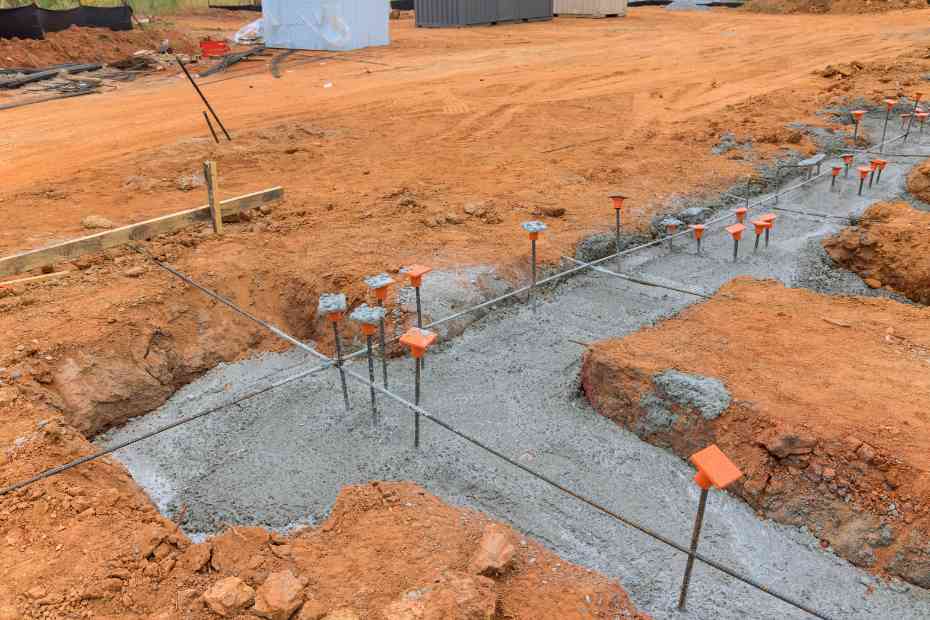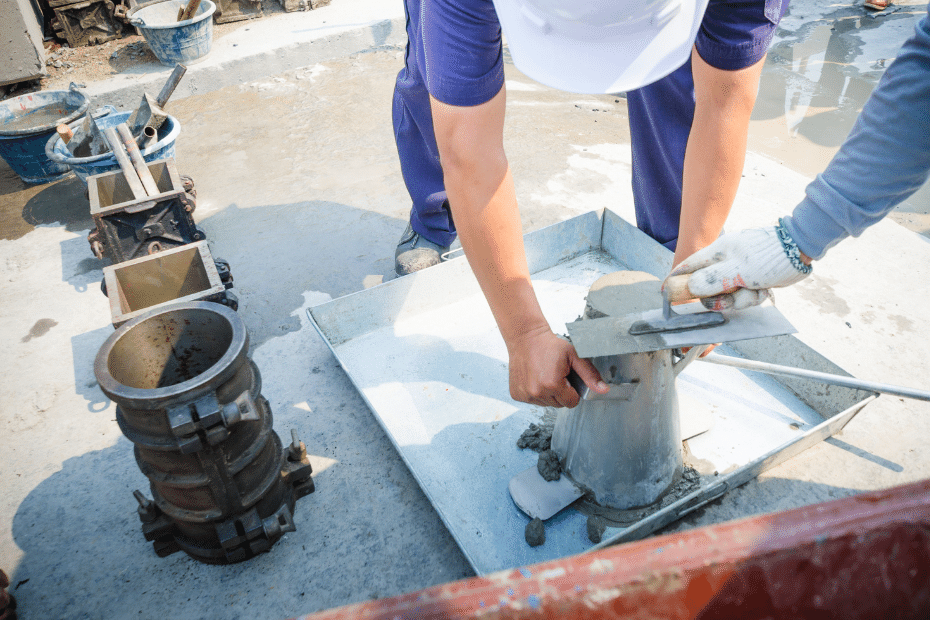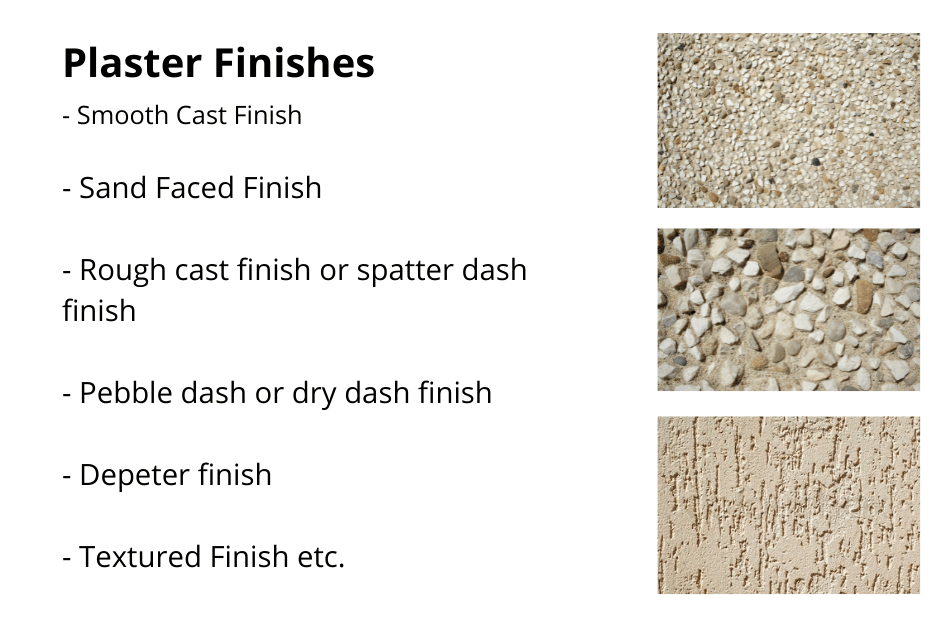RCC full form is reinforced concrete cement. It is a construction material made from a mixture of cement, aggregate (usually gravel, limestone, or granite, plus reinforcement in the form of steel rebar), and water. The cement and water form a paste that binds the aggregate together to create a strong, durable material. RCC is used in a variety of construction applications, from buildings and bridges to dams and roads. Reinforce Cement Concrete offers a number of benefits, including increased strength and durability.
The importance of reinforcement in cement concrete.
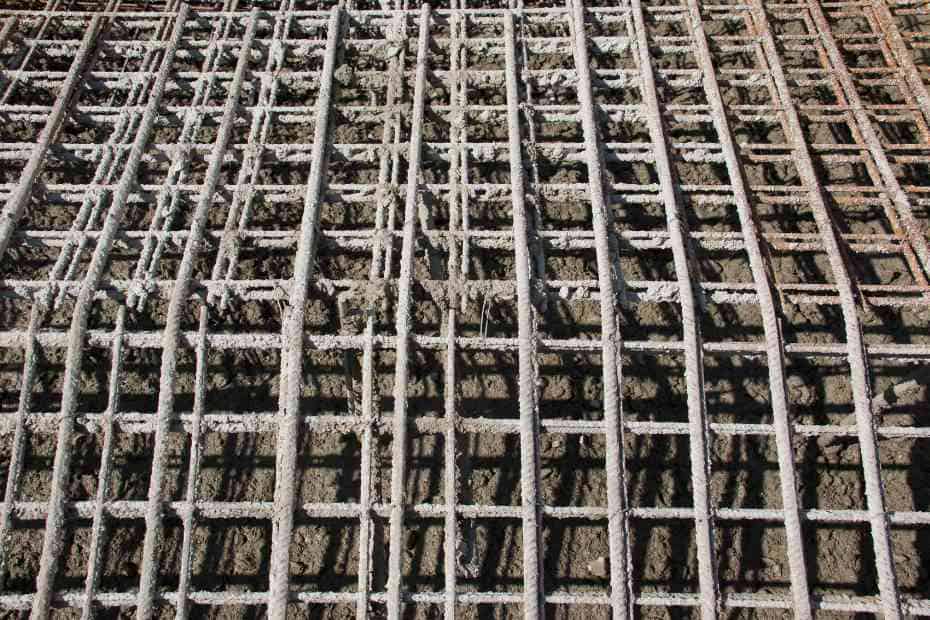
Reinforced concrete is a strong and durable material that has a wide range of applications in the construction industry. The advantages of reinforced concrete include its high strength, low cost, and easy to install. It is also resistance to fire, making it an ideal choice for buildings and other structures.
The process of reinforcing cement concrete involves adding steel reinforcement bars or mesh to the wet concrete mix before it is poured into place. This helps to increase the strength and durability of the finished product. The method involves creating a wooden or metal form that fits around the entire perimeter of the area where the concrete will be poured. The formwork is then placed over the reinforcement before the concrete is poured.
The process of reinforcing cement concrete.
The process of reinforcing cement concrete is relatively simple and involves the following steps:
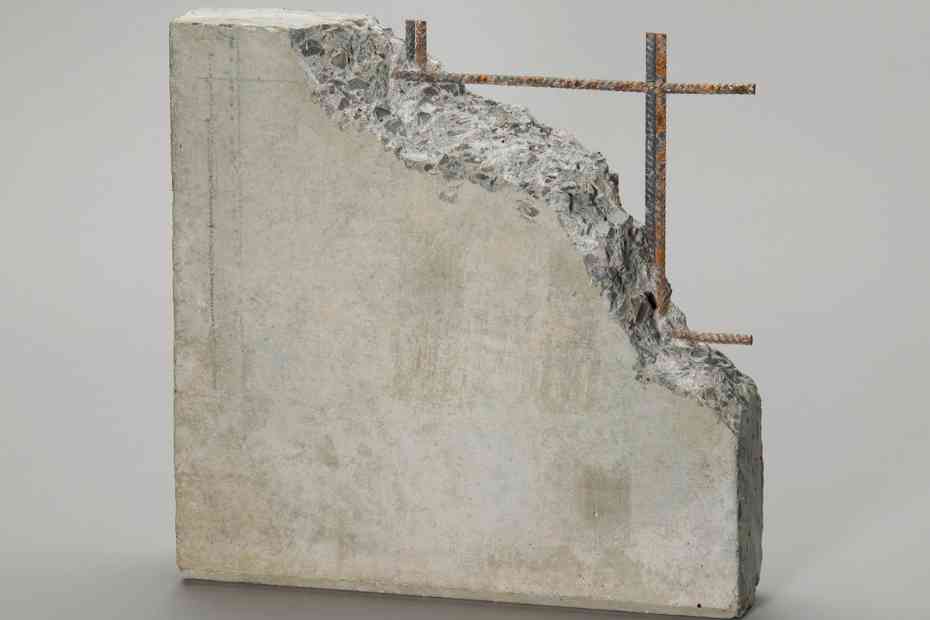
1. Prepare the surface of the concrete by cleaning it and roughening it up slightly so that the reinforcement can bond to it properly.
2. Place the reinforcement on the surface of the concrete, making sure that it is evenly distributed and there are no gaps.
3. Apply a layer of mortar or concrete over the top of the reinforcement, making sure that it completely covers it.
4. Allow the mortar or concrete to cure for the recommended amount of time before proceeding with any further construction.
The benefits of using Reinforcement bars
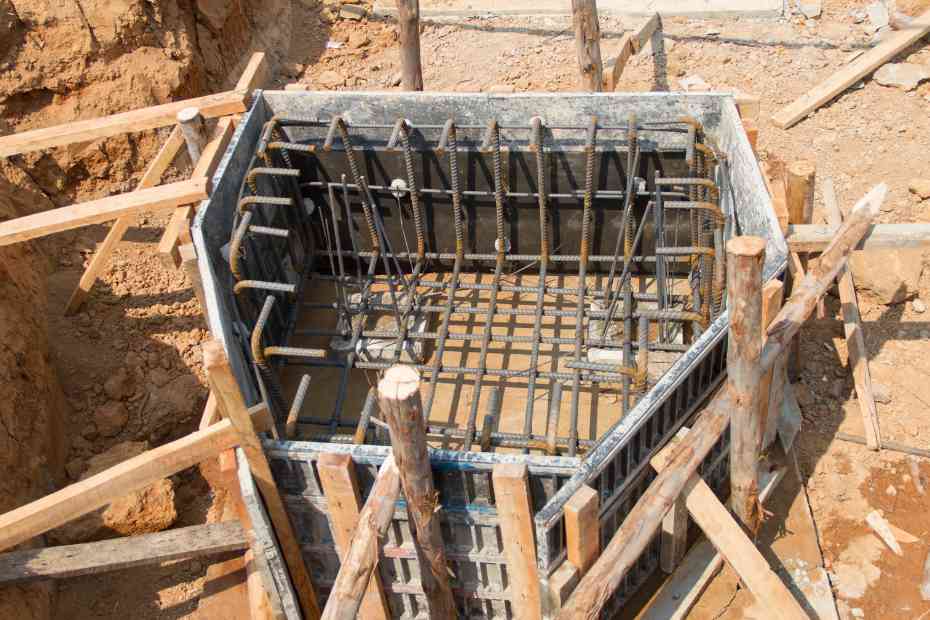
The full form method has a number of advantages over other methods of reinforcing concrete. Firstly, it is much quicker and easier to set up than other methods, as all that is required is a level surface on which to place the formwork. Secondly, it is much easier to achieve a consistent finish with the full form method, as the forms provide a template for the concrete to be poured into.
Finally, the method provides a high degree of flexibility in terms of the shape and size of the finished product.
The disadvantages of the full form method.
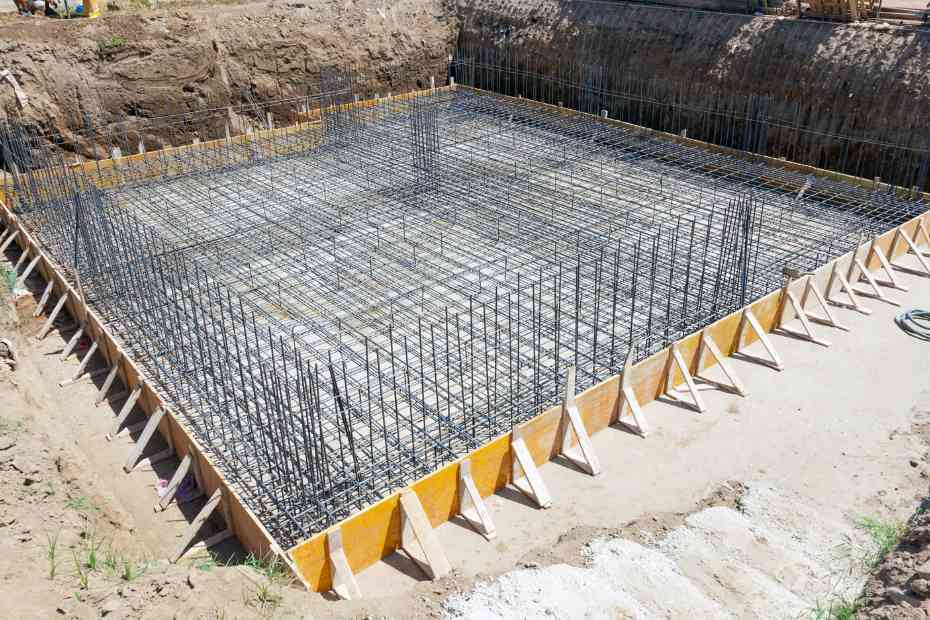
The main disadvantage of the method is that it is not suitable for all types of reinforcement. In particular, it is not possible to use this method for pre-stressed concrete, as the forms would need to be placed before the concrete is poured, which would be impractical. Additionally, this method is not always appropriate for large scale projects, as the forms may need to be custom made, which can be costly.
Conclusion
This is a great way to reinforce your cement concrete. It has many benefits, including the fact that it is easy to use and provides a strong reinforcement. However, there are some disadvantages to using this method, such as the fact that it can be expensive. If you are considering reinforcing your cement concrete, weigh the pros and cons of each method before making a decision.
rcc full form
The full form of RCC is “Reinforced Cement Concrete.” It is a construction material that is made by combining cement, aggregate (usually gravel, limestone, or granite), and reinforcement (steel). The reinforcement is added to help resist tensile forces, while the cement and aggregate work together to resist compressive forces. RCC is a very versatile material and is commonly used in the construction of buildings, bridges, dams, and other infrastructure.
What are the advantages and disadvantages of reinforced cement concrete?
Reinforced cement concrete, or RCC, is a commonly used building material in the construction industry. It is a concrete mix that contains steel reinforcement bars, or rebar, to provide extra strength and support. RCC is ideal for construction projects that require a strong, durable foundation, such as bridges, parking structures, and high-rise buildings.
There are several advantages to using RCC. The steel reinforcement bars add strength and support to the concrete, making it ideal for load-bearing applications. RCC is also very resistant to weathering and wear, making it a low-maintenance option for both commercial and residential structures. Additionally, RCC can be cast in a variety of shapes and sizes, making it a versatile material for a wide range of construction projects.
There are a few disadvantages to using RCC as well. The steel reinforcement bars can add to the overall cost of the project, and RCC is not as easily repaired as other types of concrete if it sustains damage. Additionally, RCC can be susceptible to cracking if not properly cured during the manufacturing process.
